A few weeks ago the Voxelab Aquila S2 arrived in our laboratory, a printer that within the entry range seeks to reach those users with tight budgets who want to take a good base for future improvements.
For those who do not know Voxelab is a subsidiary brand of the large manufacturer Flashforge focused on offering 3D solutions to home users.
Before continuing with the article remind you that you can join 3DWork in our Telegram channel full of disturbed by 3D printing, or in our social networks Facebook, Twitter, Instagram.
Voxelab Aquila S2 Printer
The Voxelab Aquila S2 is an improvement over the Aquila and as we will show you later its great improvement is a very capable direct extrusion print head.
It is a simple printer in specifications but very versatile in addition to having an identical base to other printers in its range with which we can access a wide range of improvements that will allow us to learn and grow our capabilities in 3D printing.
Below we highlight the characteristics of the machine:
- The machine comes pre-assembled, although with respect to other similar machines it will take some more work to assemble it
- Direct extrusion print head with all-metal hotend (300ºC)
- Silent operation
- Generous screen with an encoder with a simple and friendly system
- PEI print surface
- 32b electronics
- Print restoration in case of electrical failure
Also, the inclusion of the instruction manual, some test objects or profiles for Cura (we would have liked it to have been added for others) in the SD along with the rest of the tools and assembly tools make this printer a perfect kit, especially for those who start in 3D printing.
Technical Specifications:
| Printing materials | PLA, ABS, PETG, TPU. Print PLA-CF, PETG-CF, PET-CF, PA12-CF, PA, PC |
| Extruder Type | Direct extruder |
| Nozzle size | ø 0,4 mm (replaceable) |
| Nozzle max. temperature | ≤ 300 °C |
| Bed max. temperature | ≤ 110 °C |
| Control Panel | 4.3″ color display with encoder |
| Electronics | N32 (32b) |
| Print size | 220*220*240mm |
| Print speed | ≤180 mm/s, 30-60 mm/s real |
| Machine dimensions | 485*344*382(402)mm |
| Price | $279 from Voxelab Store |
Where to buy the Voxelab Aquila S2?
You can buy the Voxelab Aquila S2 on the Voxelab website as well as on the Amazon and Aliexpress marketplaces.
Here we leave you the direct links to the printer that we refer to in this article.
If you use them, the price of the product will be the same as if you access them as usual, but 3DWork will have a small commission left.
Something that will help us support the project and continue generating content.
Contents of the Voxelab Aquila S2 kit
Voxelab has prepared a kit with everything you need, although we already discussed it in more detail below the printer comes partially pre-assembled so it will require assembly on our part

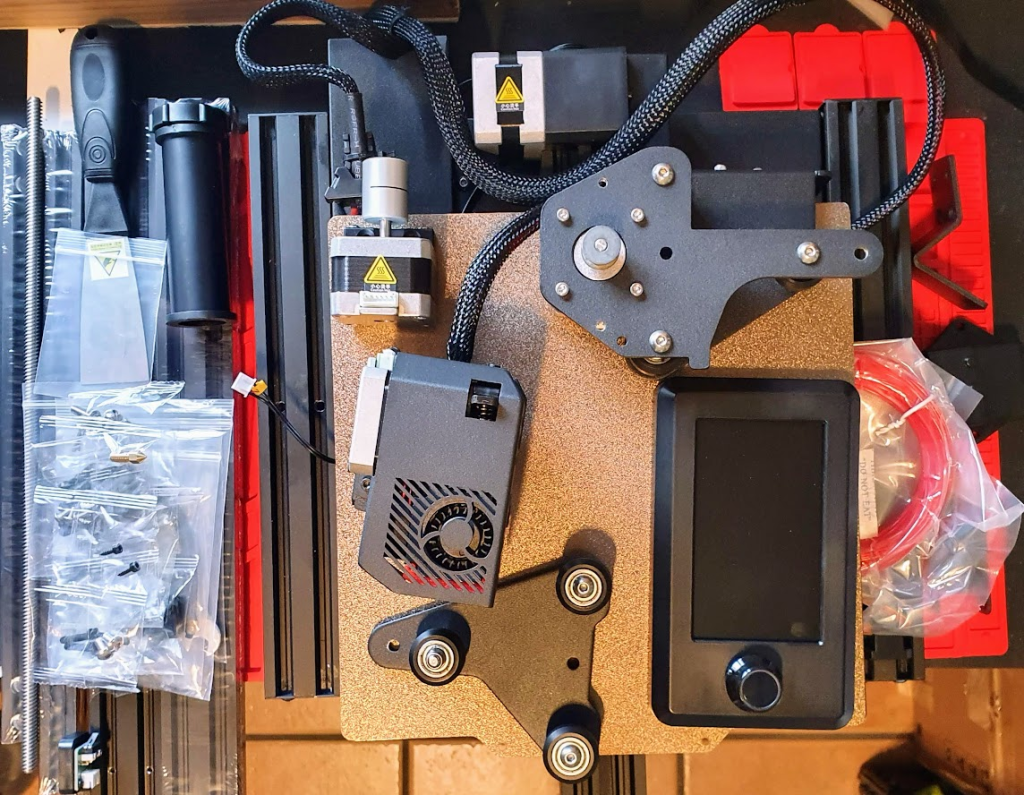
In the following image we can find everything that is included in the kit:
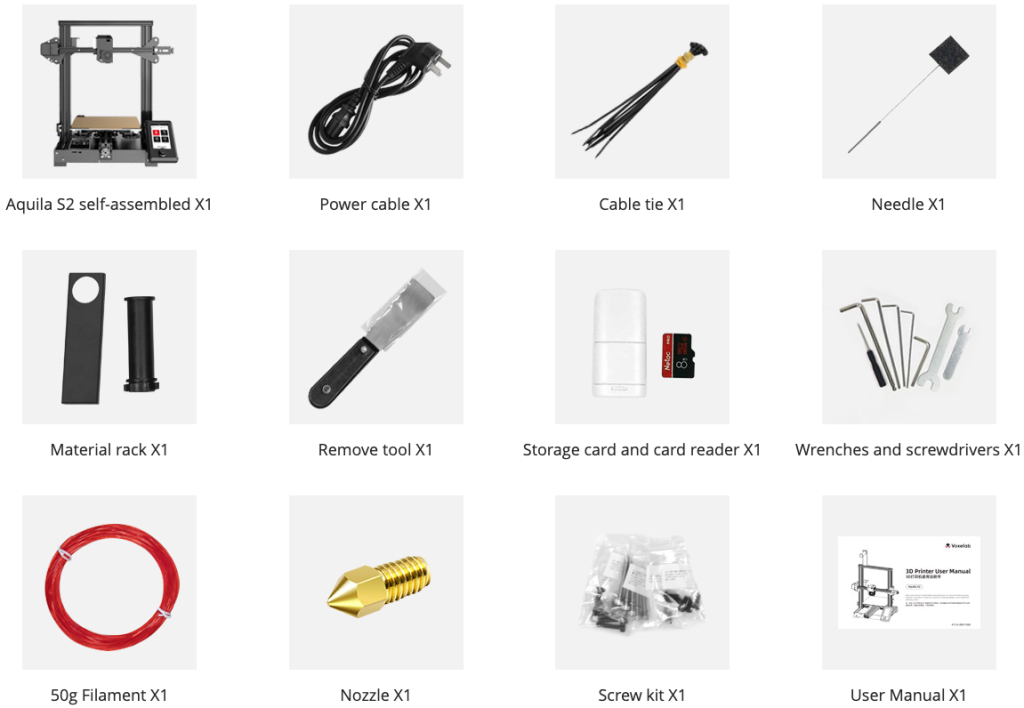
As you can see the kit comes with everything you will need for assembly, first tests, and maintenance.
Unboxing and initial installation
As we already anticipated the Voxelab kit comes partially pre-assembled from the factory although in this case only the part of the Y axis and the electronics with which we must assemble the Z columns and the X axis ourselves, it is not a complicated task but we will have to do it following the manual or the following video.
Depending on your expertise this assembly process takes about 30-45 minutes. It would have been a detail that the screws were labeled, it is not complicated to know which screw to use in each step but some labels would help in the process.
Once our machine is fully assembled we will proceed to turn it on following the wizard for loading filaments. Below you can see a video of the process.
Now we only have to level the bed, sorry to tell you that it does not carry any type of automatic leveling or an assistant for it and that Voxelab should seriously implement it in future firmware updates.
We show you a video that can show you the process in a simpler way.
Once we have leveled our bed inside the microSD different printing tests are included, in this case we loved to include a quick test that allows to verify different aspects of the printer instead of the typical figure. It is also interesting that it includes other tests that are functional as a toolbox.
Components and mechanics
With a simple design Voxelab has opted for a standard aluminum structure in line with the rest of the manufacturers, the use of normal profiles allows great compatibility with mods and upgrades used in similar machines being the Aquila S2 a perfect machine to use as a base to improve it based on our needs.

Kinematics
With its Cartesian kinematics, where it is the bed that moves on the Y axis, Voxelab has rightly opted for a magnetic PEI surface that allows it to lighten the whole significantly improving the performance of the machine.

It is also appreciated that Voxelab added belt tensioners on the X and Y axes that greatly facilitate the tasks of tensioning and adjustment.
Unfortunately, it does not include double motor in Z than in machines with direct extrusion, having more weight on the X axis, it is always appreciated to have them.
Electronics
The Aquila S2 has 32b N32 electronics with TMC2208 drivers in STANDALONE mode. In this aspect, we have alternative firmware and compatibility with others of similar machines that can improve aspects that are not very polished.
We think it would have been interesting to use some TMC2209 or at least the drivers in UART mode since it would give us more control options and simplify some tasks such as adjusting the current in the motors.

We believe that the options available on the screen fall short for an average user where we miss many more adjustment options such as the leveling assistant and others similar.
These improvements are available by the community in particular we review the firmware of comrade Alex that provides that extra options in addition to providing us with the Source Code of Marlin to be able to create our own in more current versions of Marlin and with our needs.
As usual, we have a USB port to connect our electronics to other devices and an SD port to transfer/print our parts.
It is also appreciated the functionality that in the event of an unexpected power failure the printer can recover the printing once we have current.
Hotend, extruder and bed
As we already anticipated the Aquila S2, as a great difference from its sister Aquila, mounts a print head in direct extrusion that has behaved, in extrusion, in a sensational way.
As we explained in our recent article on extruders, direct extrusion allows us to have greater control and traction of the filament. This extra control on the filament reduces the extrusion distances between the extruder gears and the output through the nozzle.

According to its specifications it can reach 300ºC which will allow us, depending on the material, to work with technical filaments.
Something interesting to improve could be the trigger of the filament tensioner that includes that due to its size is sometimes not very easy to manipulate.
Another aspect that we did not like and that we have been quite limited by the result of our tests is the layer fan which provides a very fair air flow in addition the design of the air nozzle does not help to improve this aspect. Luckily, and that’s why we name this printer as a maker, we can find some alternative designs to improve this aspect.

With respect to the hot bed there is not much to highlight since it behaves correctly and the use of a textured PEI strap is appreciated in addition to reducing the weight of the set improving the performance of the printer allows us to remove our newly printed pieces easily and safely.
Display and printer management interface
We have a 4.3″ full-color screen in a rectangular format that we control through the typical rotary control since it does not have a touch screen.

As before we discussed the possibility of using an alternative firmware for electronics in this case we believe that it is a great improvement to do so since, although it is an intuitive interface and with certain basic options, we think that the options are fair missing adjustments for many options that can be useful or new functions that would improve the machine enormously.
Although we sincerely hope that Voxelab in future updates will improve this aspect.
Print quality
To check the default settings which is what normally 90% of people do when using a new printer, more if you are starting out in 3D printing, the first thing we did was launch the example object that carries the SD that we loved that was a piece with different objects to verify the capabilities of the printer.
Already in this test we could observe that the layer ventilation is something that can be improved, being totally confirmed when we made more complex prints.
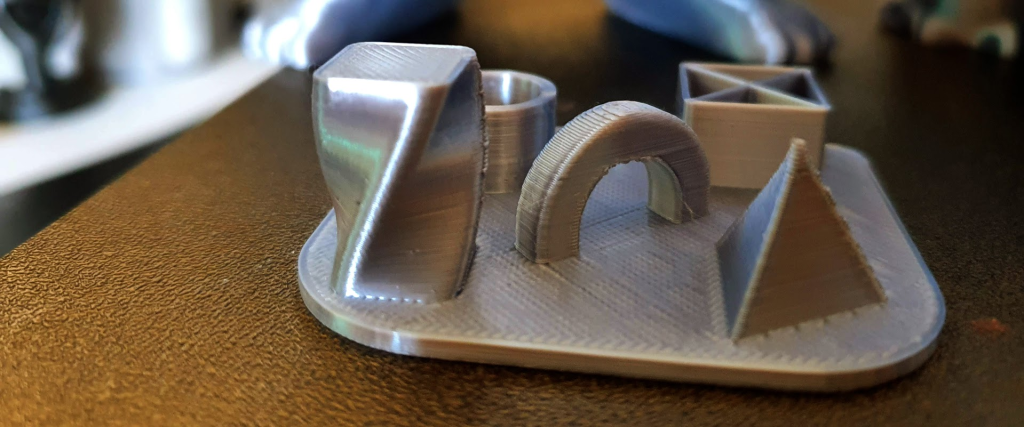
Within the SD of the Aquila S2 we can find other test pieces as well as profiles for Cura or Voxelab’s own laminator, VoxelMaker, which does its functions in a very decent way.
In our case we decided to use PrusaSlicer using as a base an Ender S1 profile that with the minimum adjustments in temperature, flow and retractions has given us excellent results.

During the printing of the tool drawer, we were increasing the speed of printing by 25% every few centimeters reaching 200% confirming that this printer can give a lot of play.
As an anecdote/advice we suggest that you be careful with the wiring since in the case of high parts this can turn off your printer in the middle of a print.
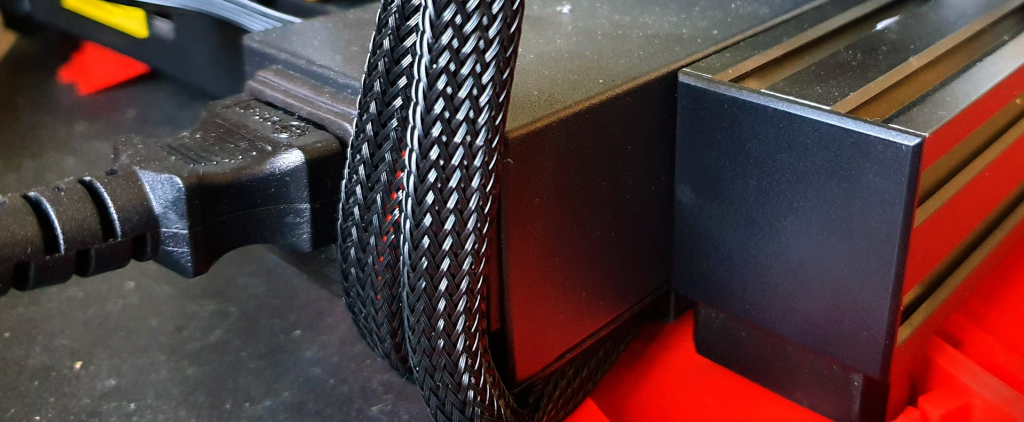
We also perform some power cut tests working perfectly and allowing us to recover our impressions !!!
We still have to do some tests with TPU, PETG, or ASA / ABS to see how it behaves although due to the restrictions in the hotend system and bed materials such as ASA / ABS may not be the most suitable for this machine. Obviously for some filaments that the manufacturer indicates to support it would not be with the original nozzle and should be changed.
Final assessment
The Voxelab Aquila S2 has improved slightly over its sister with the inclusion of a direct extrusion head and slightly improving the firmware, especially in issues such as thermal protection.
The use of a PEI magnetic base, recovery from power failures, and a chassis with a standard design will allow us to have an excellent base for future improvements especially when the machine has an excellent price.
We believe that it has several aspects of an easy solution that would have greatly improved the standard machine such as layer ventilation and especially the firmware part of both the electronics and the screen adding at least manual bed leveling, more adjustment options, etc …
Although the print head has seemed to us that it gives a very good performance we have to say on the contrary that it is not a standard model so the spare parts have to depend on the brand. In this aspect and taking into account the price difference with its sister Aquila sometimes it may be better to get the latter and invest that price difference in a more standard direct extrusion system.
It would also have been a great improvement the inclusion of a leveling sensor or a filament sensor although this affects the final price of the machine which is where Voxelab has tried to compete against other brands to get a very capable machine at a very tight price.
























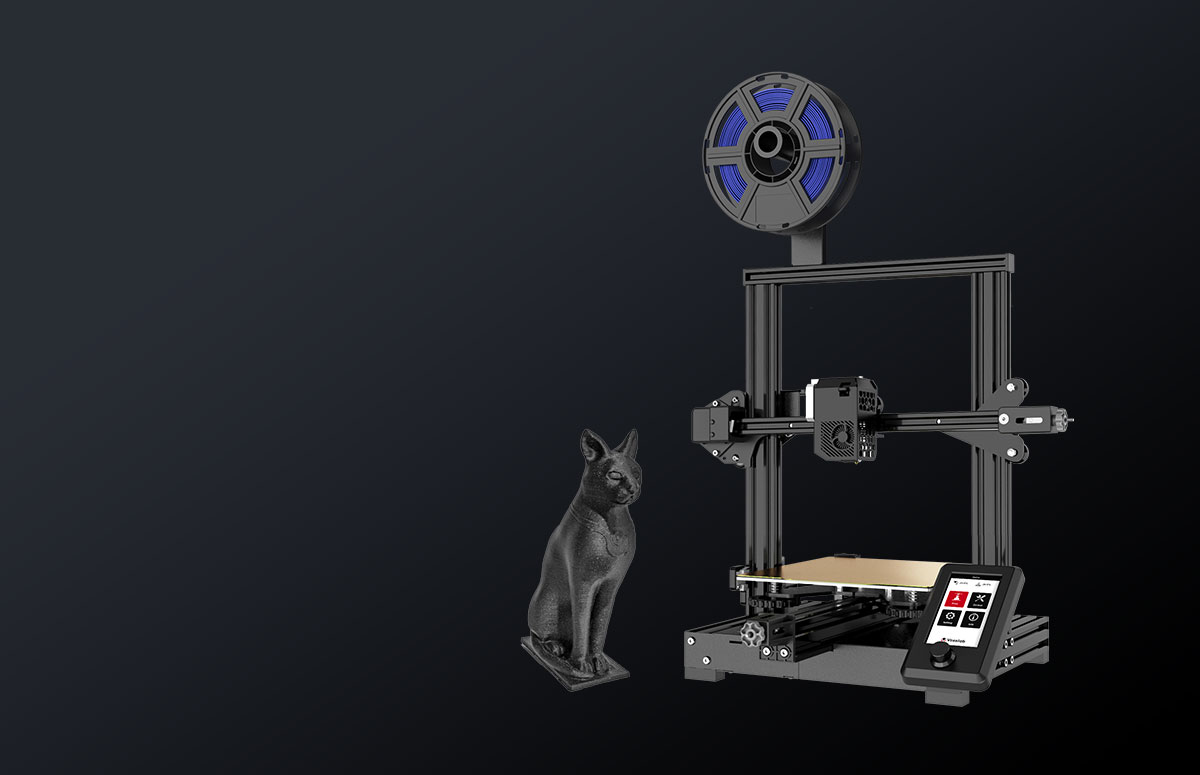
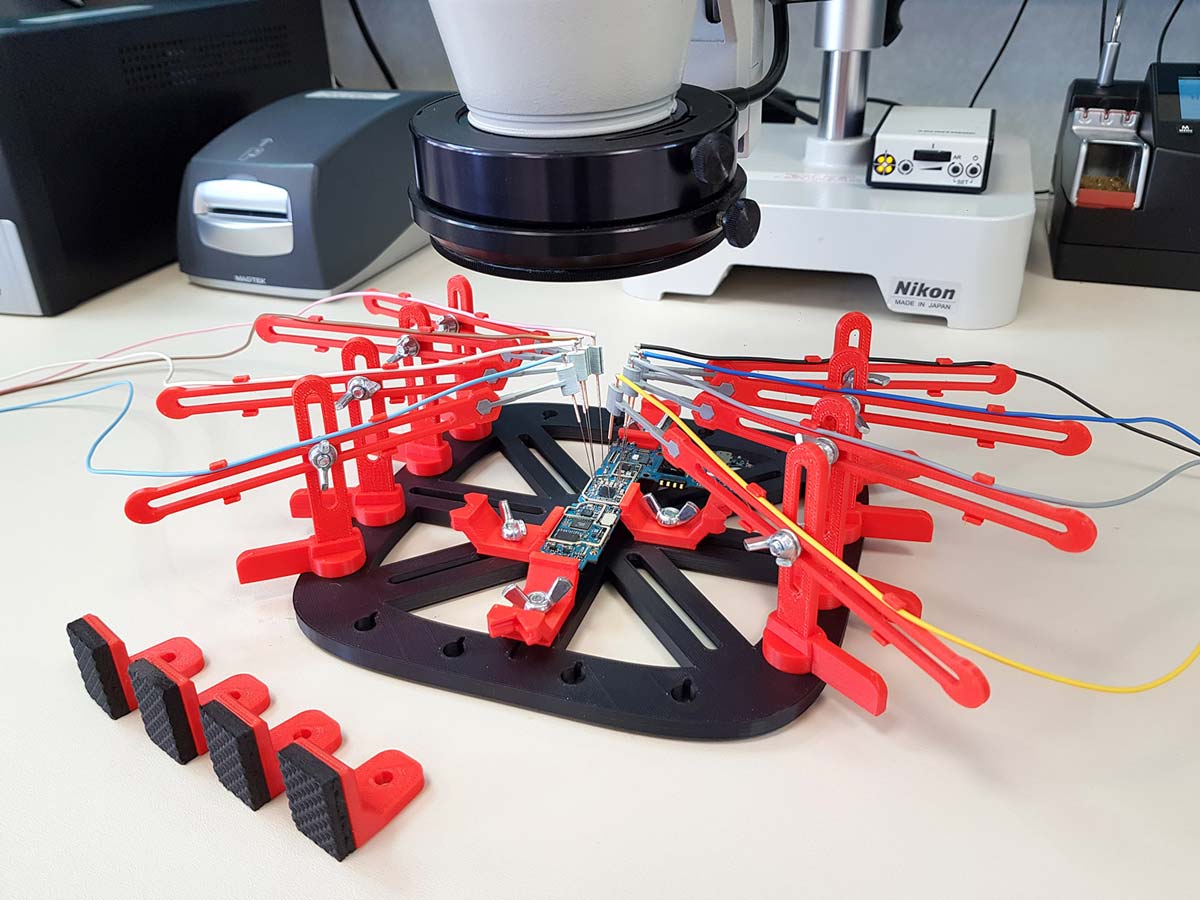
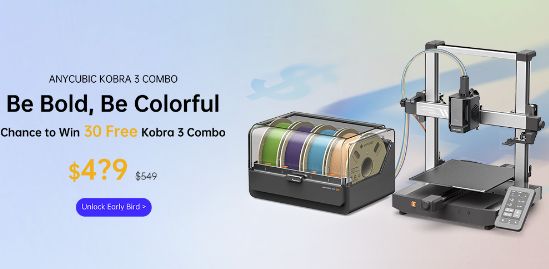

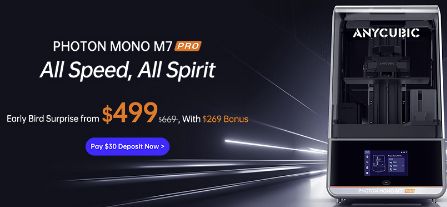






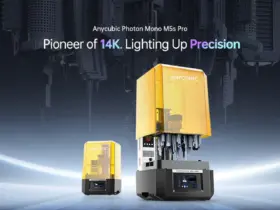
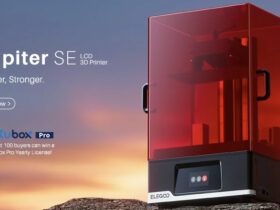
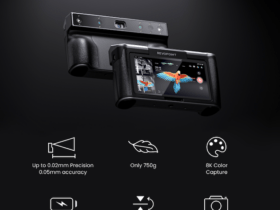
Déjanos un comentario